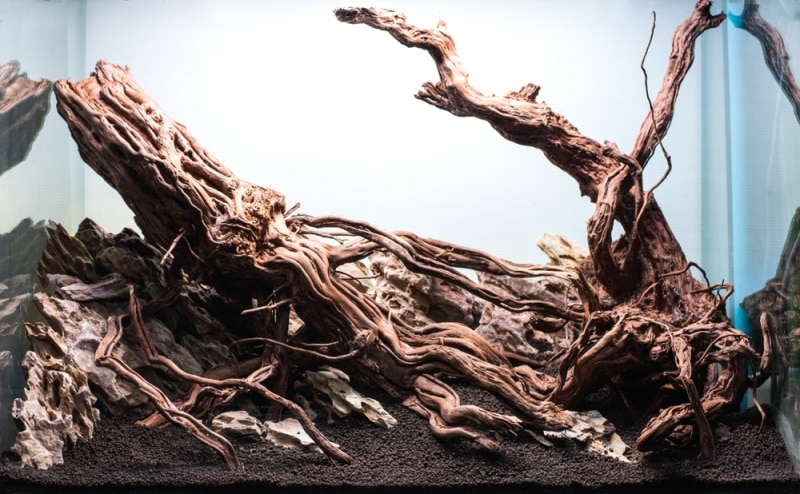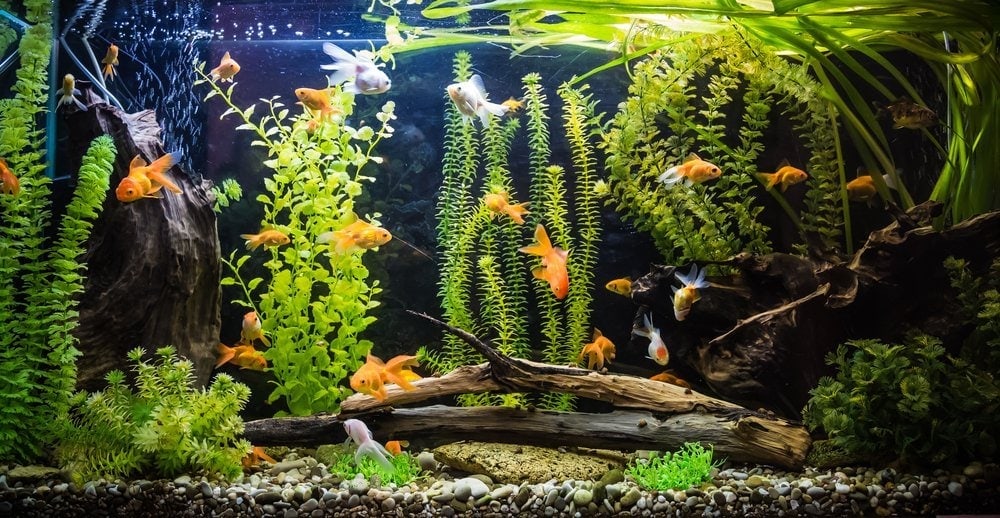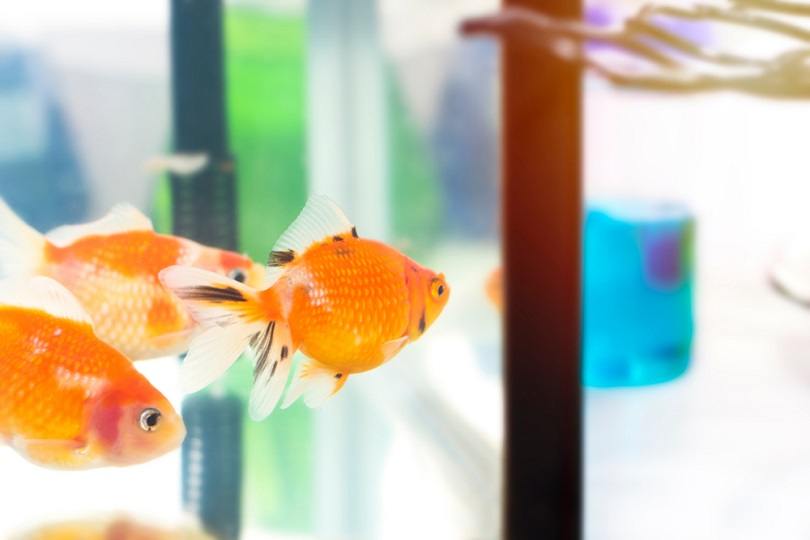Why is Aquarium Driftwood So Expensive? Reasons, Types & Process
Updated on

There are a ton of different approaches to decorating an aquarium, and the options are limitless. For people who like to keep their aquarium looking like a natural underwater environment, driftwood is a perfect addition.
Not only does it provide a natural look, but it can also serve as an anchor point for certain plants, a growth medium for biofilm, and it can release tannins into the aquarium that can help lower pH levels and support the health and well-being of aquarium residents.
If you’ve ever gone out in hopes of purchasing a piece of driftwood for your aquarium only to come home empty-handed because of the cost, here’s what you need to know.
The primary reasons for the high cost of aquarium driftwood are limited competition in the market and the cost of processing and shipping the product.
Why Is Aquarium Driftwood Expensive?
There is a limited number of sellers who collect, process, and sell aquarium driftwood. This means that they can set the price of the product. With limited competition in the market, sellers are able to select the prices that they see fit without risking the loss of customers.
Each piece of aquarium driftwood is unique, and it can come in just about any shape and size. This means that shipping and handling aren’t going to have a consistent cost. If each piece is unique, then some shipments may contain 10 pieces of driftwood, while others may have 30 pieces.
While sellers have the ability to cut the pieces to their preferences, they typically will keep as many pieces as possible looking natural and attractive to improve their salability.

Processing Driftwood for Aquariums
The cost associated with driftwood processing to make it safe for aquarium use can also increase the cost of it. A significant amount of cleaning often goes into ensuring driftwood is safe for aquariums, and this cleaning is usually done by hand.
Some sellers of driftwood will also cure the driftwood. Curing involves days to weeks of soaking and drying to reduce the number of tannins present in the wood. Tannins can be beneficial to aquariums, but they can also impact water chemistry by impacting pH levels.
In some cases, they can lower pH levels enough to shift a neutral or alkaline pH to acidic. Tannin-filled driftwood is great for blackwater and other types of acidic tanks, but cured driftwood is more suitable for most tanks.

Types of Aquarium Driftwood
In general, the least expensive, smallest, most manageable, and most widely available type of aquarium driftwood is cholla wood, which comes from the cholla cactus. Malaysian driftwood is also popular, but less available. Both of these types of wood are typically low in tannins.
Mopani wood is often available through big retailers, but due to its attractive appearance and thick, chunky size, it is often expensive for larger pieces. Spider wood is a branching type of wood that is usually available in shops, but may be slightly more difficult to find. Its price can vary significantly based on the desirability of the size and shape of the piece. This lightweight wood often needs to be soaked or anchored to prevent floating until it becomes soaked enough to stay at the bottom of the tank.
Manzanita wood is highly sought after due to its beauty and shape. It can be difficult to find, though. You are more likely to come across this type of wood in specialty aquarium stores than in large retail stores.

In Conclusion
Aquarium driftwood can vary in price from very affordable to very expensive. The range is dependent on the type of wood, as well as the size, shape, and desirability of each individual piece. Since this is a niche product, sellers are able to set the pricing for the market. Limited competition in the market means that some sellers may set higher prices without losing customers.
Featured Image Credit by: you sheng, Shutterstock












